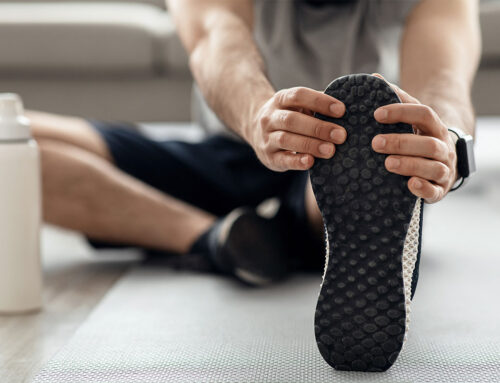Introduction
Chronic pain affects millions of individuals worldwide, significantly impacting their quality of life. For many, traditional treatments and medications offer limited relief. Occupational Therapy (OT) provides a holistic approach to managing chronic pain, focusing on improving daily function and quality of life through personalized interventions. In this blog, we’ll explore how occupational therapists can help individuals manage chronic pain with customized strategies, including adaptive techniques, pain management education, ergonomic adjustments, and more.
Understanding Occupational Therapy and Chronic Pain
Occupational Therapy is a client-centered practice that helps individuals engage in meaningful activities despite physical, mental, or emotional challenges. For those dealing with chronic pain, OT aims to reduce pain, improve functional abilities, and enhance overall well-being. Through a combination of adaptive techniques, pain management education, and ergonomic adjustments, occupational therapists create individualized plans to address each patient’s unique needs and goals.
- Adaptive Techniques
One of the core strategies in OT for managing chronic pain is the development of adaptive techniques. These are methods and tools designed to help individuals perform daily tasks more comfortably and efficiently, reducing pain and fatigue. Here are a few examples:
- Assistive Devices: Occupational therapists may recommend specialized tools such as ergonomic utensils, reachers, or cushioned grips to make everyday tasks easier and less painful.
- Energy Conservation Techniques: Techniques such as pacing activities, using energy-saving strategies, and prioritizing tasks can help manage fatigue and prevent pain flare-ups.
- Task Modification: OT can assist in modifying the way tasks are performed, such as using adaptive methods for cooking, cleaning, or personal care to minimize strain and discomfort.
- Pain Management Education
Education is a crucial component of occupational therapy for chronic pain management. Occupational therapists provide valuable information to help individuals understand their condition and make informed decisions about their treatment. Key aspects of pain management education include:
- Pain Science Education: Understanding the nature of chronic pain, its causes, and how it affects the body can help individuals better manage their symptoms and reduce anxiety.
- Self-Management Strategies: Occupational therapists teach patients techniques for managing pain, such as relaxation exercises, mindfulness, and cognitive-behavioral strategies.
- Lifestyle Modifications: Educating patients on the importance of a balanced lifestyle, including proper nutrition, regular exercise, and stress management, can contribute to better pain management.
- Ergonomic Adjustments
Ergonomic adjustments aim to create a more comfortable and supportive environment for individuals with chronic pain. Occupational therapists assess and recommend changes to workspaces, home environments, and daily routines to reduce strain and promote optimal body mechanics. Consider the following adjustments:
- Workplace Ergonomics: Adjusting chair height, desk setup, and computer positioning can help prevent strain and discomfort during work tasks.
- Home Modifications: Simple changes such as installing grab bars, using cushioned mats, or adjusting the height of countertops can make daily activities more manageable.
- Posture and Body Mechanics: Educating individuals on proper posture, lifting techniques, and body mechanics can prevent pain and injury during everyday activities.
- Complementary Treatments
Occupational therapy is often most effective when used in conjunction with other treatments. OT can complement various approaches to chronic pain management, including:
- Physical Therapy: Combining OT with physical therapy can enhance overall function, strengthen muscles, and improve flexibility, leading to better pain management.
- Medical Interventions: OT can work alongside medical treatments such as medications, injections, or surgeries to support recovery and improve daily functioning.
- Psychological Support: Integrating psychological support, such as counseling or cognitive-behavioral therapy, can address the emotional and mental aspects of chronic pain, enhancing overall treatment outcomes.
Practical Tips for Managing Pain in Daily Life
To help individuals manage chronic pain effectively, occupational therapists provide practical tips for integrating pain management strategies into daily life. Here are a few suggestions:
- Create a Routine: Establishing a consistent daily routine can provide structure and help manage pain by balancing activity and rest.
- Practice Stress Reduction: Incorporate relaxation techniques such as deep breathing, meditation, or gentle stretching to reduce stress and alleviate pain.
- Stay Active: Engage in low-impact exercises, such as walking or swimming, to maintain physical fitness and support overall well-being.
- Seek Support: Connect with support groups, both in-person and online, to share experiences and gain valuable insights from others facing similar challenges.
Conclusion
Occupational Therapy offers a comprehensive approach to managing chronic pain through personalized interventions and strategies. By focusing on adaptive techniques, pain management education, ergonomic adjustments, and complementary treatments, occupational therapists help individuals improve their functional abilities and quality of life. With practical tips and tailored support, OT empowers individuals to manage their chronic pain more effectively and live a fulfilling life.




